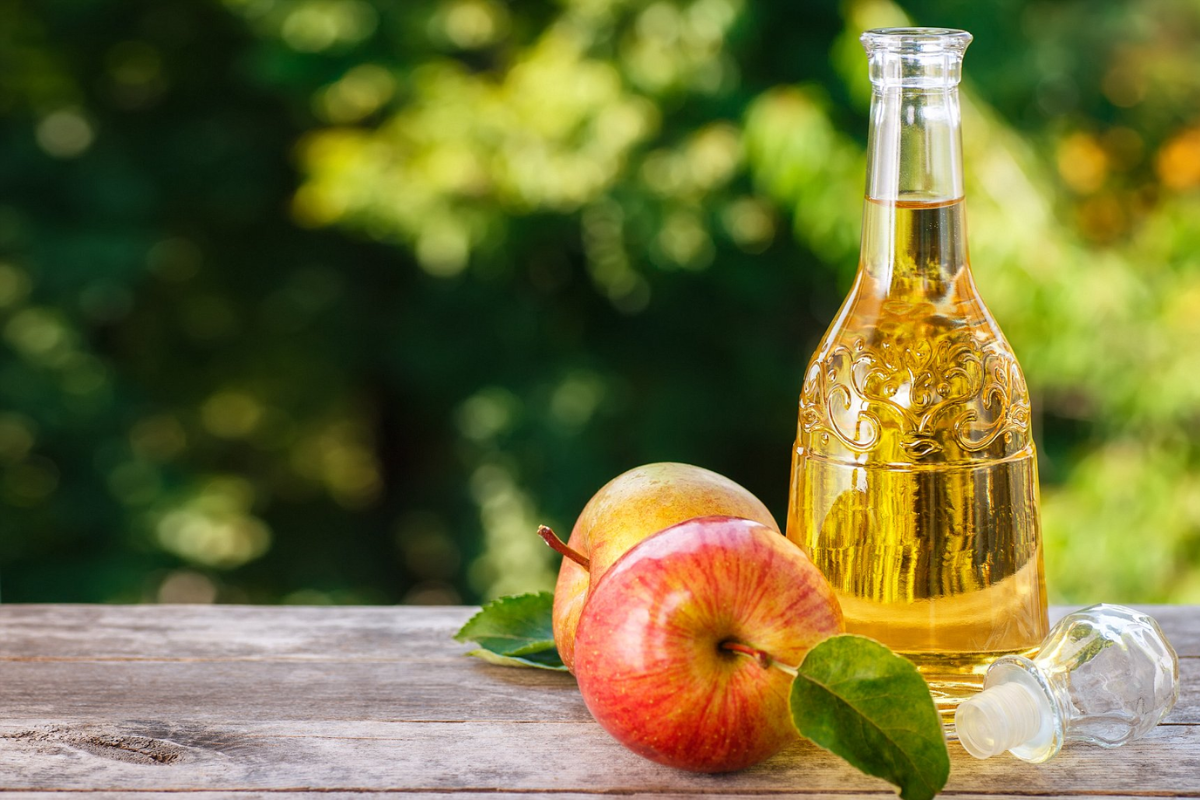If you’re looking to lose weight fast, a diet plan is the best way to do it. But finding a good diet plan isn’t easy. There are so many different diets out there that it can be difficult to figure out which one will work for you or even why you need to change your eating habits in the first place! In this post, I’m going to show you how to set up an effective diet plan and then how to use it. We’ll cover everything from what foods should be included in your diet plan (and which ones shouldn’t be) all the way down to specific recipes that will help make this easier on both your wallet and waistline.
Why You Need to Change Your Diet
If you’re trying to lose weight, a diet plan can help. But if you’re going on a diet, it’s important that the diet plan be healthy and sustainable. This means changing your eating habits so that they work with your body instead of against it.
Some people think that all diets are created equal–that any kind of structured meal plan will work when it comes down to losing weight. The truth is that some diets are better than others at helping people stay motivated while also helping them reach their goals in an efficient way.
Changing how often or what kinds of food you eat isn’t always easy at first; however, once these changes become second nature (and even enjoyable), they’ll help keep pounds off for good!
ef86a5.png)
How to Lose Weight Fast With a Diet Plan
How to Set Up a Diet Plan
If you’re trying to lose weight, there are two ways to go about it: Cut calories or burn more calories. The first option is easier, but the second one has a better chance of producing lasting results. That’s because when people cut calories, their bodies tend to compensate by slowing down their metabolism — meaning they burn fewer calories than before. And when people try to lose weight by exercising more, they often replace other activities with workouts (like taking the stairs instead of the elevator) or add exercise hours onto their schedules — which can lead to muscle loss and poor sleep over time (both of which make losing weight harder).
It takes up to six months to create a new habit or break an old one, so if you’re looking for long-term results, focus on building exercise into your daily routine instead of trying fad diets that don’t last. If you can’t do it alone, join a gym or hire a personal trainer (or both!).
The Best Foods to Eat on Your Diet Plan
- Eat lots of fruits and vegetables. Fruits and vegetables are high in fiber, which helps to keep you feeling full longer.
- Eat whole grains and lean protein for breakfast, lunch, dinner–and snacks too! If you’re used to eating processed foods like white bread or pizza every day (or even just once a week), switching over to whole grains will help you lose weight because they contain less calories than their processed counterparts.
- Avoid sugary drinks such as soda pop; fruit juices with added sugar; sweetened teas or coffee drinks made with syrups; sports drinks with added sugars; milk shakes made from ice cream mixers or blender machines at fast food restaurants that add extra fat into the mix (like chocolate syrup). These drinks can add hundreds of extra calories per day without offering any nutritional value whatsoever! Stick with water instead!
- Limit fatty meats like bacon cheeseburgers because they contain lots of saturated fats which increase blood pressure levels over time leading up until those dreaded “middle aged years” where most Americans begin suffering from heart disease due to poor diet choices earlier on in life – especially when combined with lackadaisical exercise habits during our 20s/30s when we should have been building muscle mass instead
Sample Detox Smoothie Recipes
There are many benefits to drinking detox smoothies. First, they are easy to make and can be used as a meal replacement, so you don’t have to worry about what else you eat that day. Second, they have lots of vitamins and minerals in them which is good for your health as well as helping you lose weight fast. Finally, they taste good! You can make them with fruit, vegetables or both depending on how much time you have available for making your smoothie each morning before work or school (or whatever it may be).
Here are some sample recipes for detox smoothies:
- 1 cup watermelon cubes + 2 cups mixed berries + 1 tsp ground cinnamon + 1 cup ice cubes
Quick and Easy High-Fiber Vegetable Soup Recipe
Ingredients:
1/2 cup chopped onion
1/2 cup chopped celery
3 cups kale, torn into small pieces (about 1 bunch)
2 tablespoons olive oil or butter (optional)
4 cups chicken broth or vegetable broth (or water if you prefer it plainer)
Directions: Heat the oil in a large saucepan over medium heat. Add onion and saute until translucent, about 3 minutes. Add celery and continue to cook until tender, another 5 minutes or so. Pour in broth or water along with kale and stir until combined evenly throughout the pot of soup ingredients. Bring mixture up to a gentle simmer; then reduce heat so that it barely simmers for 45 minutes – 1 hour depending on how much time you have available before eating your lunch/dinner meal! Once done cooking let cool slightly before serving hot with breadsticks on top if desired…
Greenpower Juice Recipe
Sure, here’s a recipe for green power juice:
Ingredients:
- 2 large cucumbers
- 4 celery stalks
- 2 cups baby spinach
- 2 cups kale
- 1 green apple
- 1 lemon, juiced
- 1-inch piece of fresh ginger
- Optional: 1-2 teaspoons honey, to taste
Instructions:
- Wash all the ingredients thoroughly.
- Cut the cucumbers and celery into small pieces that will fit into your juicer.
- Remove the stems from the spinach and kale leaves.
- Cut the apple into quarters, discarding the core.
- Peel the ginger and cut it into small pieces.
- Juice all the ingredients in a juicer, alternating between the soft and hard produce to help it go through the juicer more easily.
- Stir in honey, if desired.
- Pour the juice into a glass and enjoy immediately.
This green power juice is packed with vitamins, minerals, and antioxidants from the leafy greens, cucumber, and apple, as well as anti-inflammatory properties from the ginger. It’s a refreshing and healthy way to start your day or boost your energy in the afternoon.
A diet plan can help you lose weight quickly.
You can use a diet plan to lose weight quickly. A diet plan is simply a set of guidelines that you follow in order to achieve your weight loss goal. There are many different types of diets available, but most involve cutting calories and/or increasing exercise levels by following specific meal plans or exercising routines.
A typical diet for someone who wants to lose weight fast might include:
- Eating breakfast every day (this helps keep you from getting hungry later on)
- Eating smaller portions at each meal than usual (this prevents overeating)
- Cutting out all junk food (junk food has high amounts of sugar and fat which are not good for losing weight)
Conclusion
A diet plan is a great way to lose weight quickly. It can help you get your body back into shape and feel healthier than ever before! The best part about this approach is that there are so many different types of plans out there for everyone’s needs–whether it’s something simple like cutting out sugar or something more complex like following an eating style such as veganism or vegetarianism. If you want to start losing weight today but don’t know where to begin, make sure that at least one ingredient on every meal is green (like spinach).


332935.png)



7353e1.png)

3ec28c.png)



c74470.png)